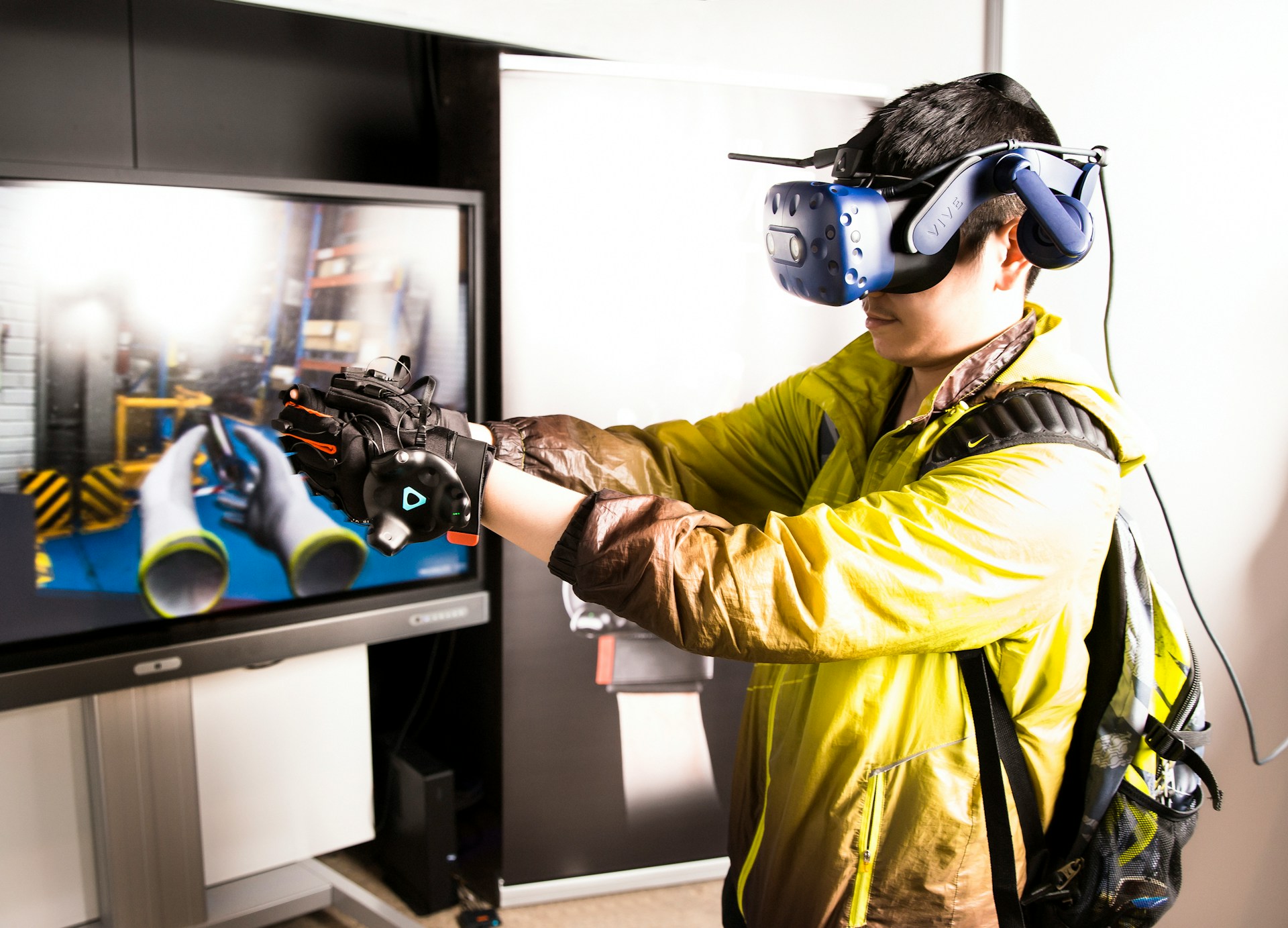Understanding the elements that contribute to the realism of combat mechanics in action games can significantly enhance the gaming experience. A crucial aspect often discussed by developers and enthusiasts alike is the application of real-time physics simulations. This technique has the potential to revolutionize the way we perceive and interact with virtual combat scenarios. In this article, we will delve into how real-time physics simulations can improve the realism of combat mechanics in action games, shedding light on why this technology is integral to the future of gaming.
The Role of Real-Time Physics Simulations in Gaming
When it comes to creating an immersive gaming environment, real-time physics simulations play a pivotal role. By accurately depicting the laws of physics within a virtual realm, these simulations enable objects and characters to behave in a lifelike manner. This includes everything from the way a character moves, to the impact of bullets, to the destructibility of the environment.
Also to see : What are the most effective methods for creating realistic underwater lighting in ocean exploration games?
In action games, where combat mechanics often serve as the core gameplay element, realistic physics can make a substantial difference. Imagine playing a game where every punch, fall, or explosion feels authentic. This not only amplifies engagement but also enhances the overall user experience. Real-time physics simulations facilitate this by ensuring that every interaction within the game adheres to the principles of physics that we experience in the real world.
Furthermore, this technology allows for dynamic interactions that are not pre-scripted. For instance, in a firefight, bullets may ricochet off surfaces in unpredictable ways, or a character’s fall could vary depending on the terrain and angle of impact. These unscripted moments introduce a layer of unpredictability, making each gaming session unique and engaging.
Topic to read : How can developers create more immersive augmented reality experiences for educational purposes?
Enhancing Combat Mechanics Through Realism
Combat mechanics form the crux of most action games, and their effectiveness hinges largely on how realistic they feel to the player. Real-time physics simulations contribute to this realism by ensuring that every strike, shot, or movement behaves in accordance with natural laws.
One of the most notable improvements brought about by real-time physics is the kinematic accuracy of character movements. Traditional animation techniques often fall short in replicating the fluidity and unpredictability of human motion during combat. By implementing real-time physics, developers can create more nuanced and realistic character animations. For instance, the impact of a heavy blow will cause the character to stagger or fall in a manner that is consistent with how a real body would react.
Weapons and projectiles also benefit significantly from real-time physics. In many action games, bullets and other projectiles follow predefined paths, making combat feel predictable and less engaging. Real-time physics allows for more realistic projectile trajectories, where factors like gravity, wind resistance, and object mass come into play. This not only makes aiming and shooting more challenging but also more rewarding when players successfully navigate these complexities.
Additionally, the destructibility of the environment plays a crucial role in enhancing combat mechanics. Traditional games often feature indestructible environments, which can break immersion. With real-time physics simulations, developers can create environments that react to combat in realistic ways. Walls can be breached, objects can be toppled, and the terrain can be altered, all of which add depth and strategy to combat scenarios.
Real-World Applications and Case Studies
The gaming industry has seen several successful implementations of real-time physics simulations, each contributing to more realistic and engaging combat mechanics. One of the most notable examples is the “Battlefield” series by Electronic Arts. This franchise is renowned for its destructible environments, where buildings can be demolished, and terrain can be altered by explosions. The integration of real-time physics in “Battlefield” has not only enhanced the visual appeal but also added strategic layers to gameplay, as players must consider the ever-changing environment.
Another prominent example is “The Last of Us Part II” by Naughty Dog. This game features highly realistic character animations and environmental interactions, achieved through advanced physics simulations. The way characters move, the impact of their actions on the environment, and the realistic depiction of injuries all contribute to a deeply immersive gaming experience. The game’s critical and commercial success underscores the value of real-time physics in creating believable combat scenarios.
Indie games have also made strides in this area. Titles like “Human: Fall Flat” and “Totally Accurate Battle Simulator” use physics-based mechanics to deliver unique and often humorous combat experiences. While these games take a more lighthearted approach, they demonstrate the versatility and potential of real-time physics in enhancing action gameplay across different genres and styles.
Future Prospects and Technological Advancements
The future of real-time physics simulations in action games looks promising, with ongoing advancements in technology pushing the boundaries of what is possible. One area of significant progress is the integration of machine learning with physics simulations. By leveraging machine learning algorithms, developers can create even more realistic and adaptive combat mechanics. For instance, AI-driven characters can learn from and react to player actions in real-time, making combat encounters more dynamic and challenging.
Virtual reality (VR) is another frontier where real-time physics simulations can make a substantial impact. VR gaming relies heavily on realism to create an immersive experience, and accurate physics are crucial to achieving this. As VR technology continues to evolve, the incorporation of real-time physics will play a pivotal role in creating seamless and believable virtual environments. Imagine engaging in a sword fight where every swing, parry, and impact feels as real as possible, thanks to advanced physics simulations.
Cloud computing also offers exciting possibilities for real-time physics in gaming. By offloading complex physics calculations to powerful cloud servers, developers can create more detailed and expansive game worlds without compromising performance. This could lead to larger, more interactive environments where players can engage in complex combat scenarios with a high degree of realism.
Challenges and Considerations
While the benefits of real-time physics simulations are evident, there are several challenges and considerations that developers must navigate. One of the primary concerns is performance. Real-time physics calculations can be resource-intensive, requiring significant processing power. This can be particularly challenging for games running on less powerful hardware, such as older consoles or mobile devices. Developers must strike a balance between realism and performance, ensuring that the game remains playable while delivering high-quality physics interactions.
Another consideration is the complexity of implementation. Integrating real-time physics into a game requires a deep understanding of both physics principles and programming. This can be a daunting task, especially for smaller development teams. However, advances in middleware solutions and physics engines, such as NVIDIA PhysX and Havok, are making it easier for developers to incorporate realistic physics into their games without starting from scratch.
Player expectations also play a role in the adoption of real-time physics. While realism can enhance immersion, it can also make games more challenging and less forgiving. Not all players may appreciate this increased difficulty, and developers must carefully consider their target audience when deciding how much realism to incorporate into their combat mechanics.
Real-time physics simulations hold immense potential to enhance the realism and immersion of combat mechanics in action games. By accurately replicating the laws of physics, developers can create more believable character movements, projectile trajectories, and destructible environments. This not only enriches the gaming experience but also opens up new possibilities for strategic gameplay and dynamic interactions.
As technology continues to advance, the integration of machine learning, virtual reality, and cloud computing with real-time physics simulations promises to push the boundaries of what is possible in gaming. While challenges such as performance and complexity remain, the benefits of incorporating realistic physics into combat mechanics are undeniable.
In conclusion, real-time physics simulations are poised to play a crucial role in the future of action games, offering a level of realism and immersion that was previously unattainable. By embracing this technology, developers can create more engaging and memorable gaming experiences that resonate with players on a deeper level.











